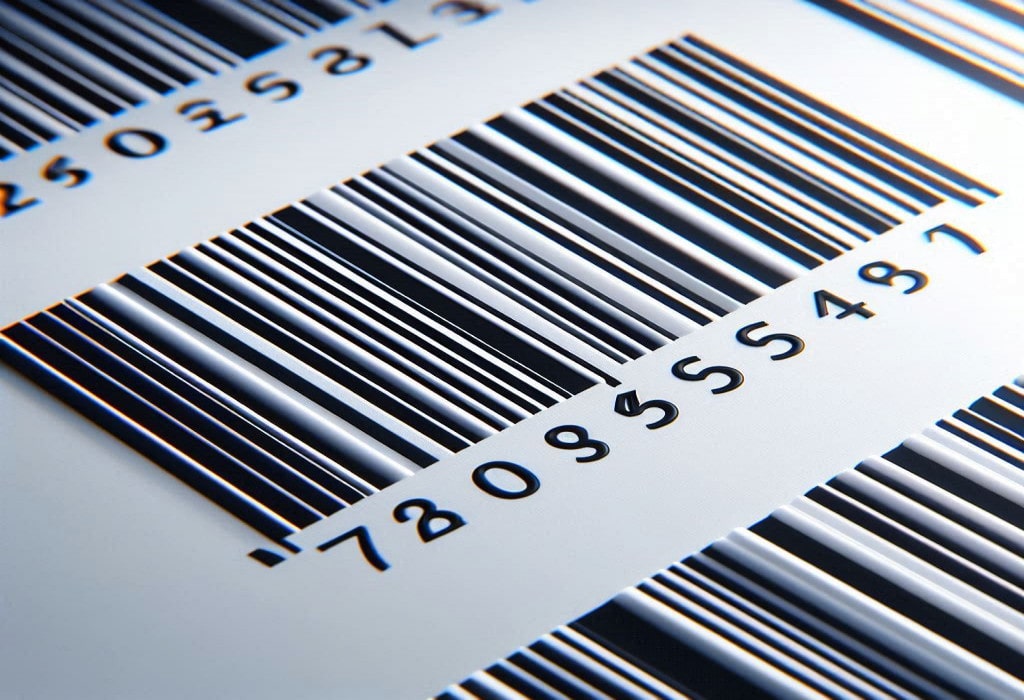How to Create Barcodes in 2024
Create barcodes easily in 2024 with QR Code Generator Live. Choose from UPC, EAN, Code 39, Code 128, ITF-14 formats. Customize, preview, and download high-quality.

Created on 7 June, 2024 • Barcodes Generator • 281 views • 2 minutes read
Create barcodes easily in 2024 with QR Code Generator Live. Choose from UPC, EAN, Code 39, Code 128, ITF-14 formats. Customize, preview, and download high-quality.
How to Create Barcodes in 2024
Barcodes have become an essential aspect of our everyday life in modern technology. From retail shops to logistics companies, they have changed how we trace, control and distinguish commodities. Creation of barcodes is even simpler today, all thanks to resources such as QR Code Generator Live available on the Internet. This detailed guide provides information on developing barcodes through this effective software in an orderly manner.
Understanding Barcodes
Barcodes are data representation readable by computers and can be scanned easily by different devices for easy processing. They are typically used in inventory control systems and identifying products including payment systems. Barcodes come in different formats, such as linear barcodes (e.g., UPC, EAN) and two-dimensional barcodes (e.g., QR codes, Data Matrix).
Getting Started with QR Code Generator Live
QR Code Generator Live is a user-friendly online platform that allows you to create barcodes quickly and efficiently.
To get started, simply visit QR Code Generator Live and follow these steps:
- Choose the type of barcode you want to create from the available options, such as UPC, EAN, Code 39, Code 128, or ITF-14.
- Enter the data you want to encode in the barcode, such as product information, tracking numbers, or URLs.
- Customize the barcode by selecting the desired color, size, and style.
- Preview the barcode to ensure it meets your requirements.
- Download the barcode in your preferred format, such as PNG, SVG, or EPS.
Barcode Formats and Their Applications
- UPC (Universal Product Code): UPC is a linear barcode format commonly used for retail products in North America. It consists of 12 digits, with the first 6 digits representing the manufacturer and the last 5 digits representing the product.
- EAN (European Article Number): EAN is a linear barcode format used internationally for retail products. It is similar to UPC but has 13 digits, with the first 3 digits representing the country of origin.
- Code 39: Code 39 is a linear barcode format that can encode both uppercase letters and numbers.
- Code 128: Code 128 is a linear barcode format that can encode all 128 ASCII characters. It is widely used in logistics, shipping, and packaging industries.
- ITF-14 (Interleaved 2 of 5): ITF-14 is a linear barcode format used for packaging and shipping containers. It is a variation of the Interleaved 2 of 5 format and can encode only numbers.
Best Practices for Creating Barcodes
- Ensure data accuracy: Double-check the data you are encoding in the barcode to avoid errors or misscans.
- Choose the appropriate barcode format: Select the barcode format that best suits your application and industry standards.
- Maintain barcode quality: Use high-resolution images and ensure proper contrast between the barcode and the background.
- Adhere to size specifications: Follow the recommended size guidelines for the chosen barcode format to ensure optimal scanning performance.
- Test the barcode: Scan the barcode using various devices and software to ensure it functions correctly before implementing it in your workflow.
Conclusion
Creating barcodes in 2024 has never been easier with the help of online tools like QR Code Generator Live. Understanding different barcode formats along with their uses can help you in improving the efficiency of your business through streamlining its processes. Visit the QR Code Generator Live in making barcodes today and see just how much can be done with this powerful technology.
Categories
- QR Code Generator
- Text QR Code Generator
- URL QR Code Generator
- Phone QR Code Generator
- SMS QR Code Generator
- Email QR Code Generator
- WhatsApp QR Code Generator
- Facetime QR Code Generator
- Location QR Code Generator
- QR Code Scan
- PIX Payment QR code Generator
- Barcodes Generator
- Social Media QR Code Generator
- Free QR Code Generator
- Dynamic QR Code Generator
- QR Code Maker
- Online QR Code Generator
- vCard QR Code Generator
- Business QR Code Generator
Popular posts
-
-
Twitter QR code GeneratorSocial Media QR Code Generator • 1,540 views
-
Free Dynamic QR CodeDynamic QR Code Generator • 1,418 views
-
-